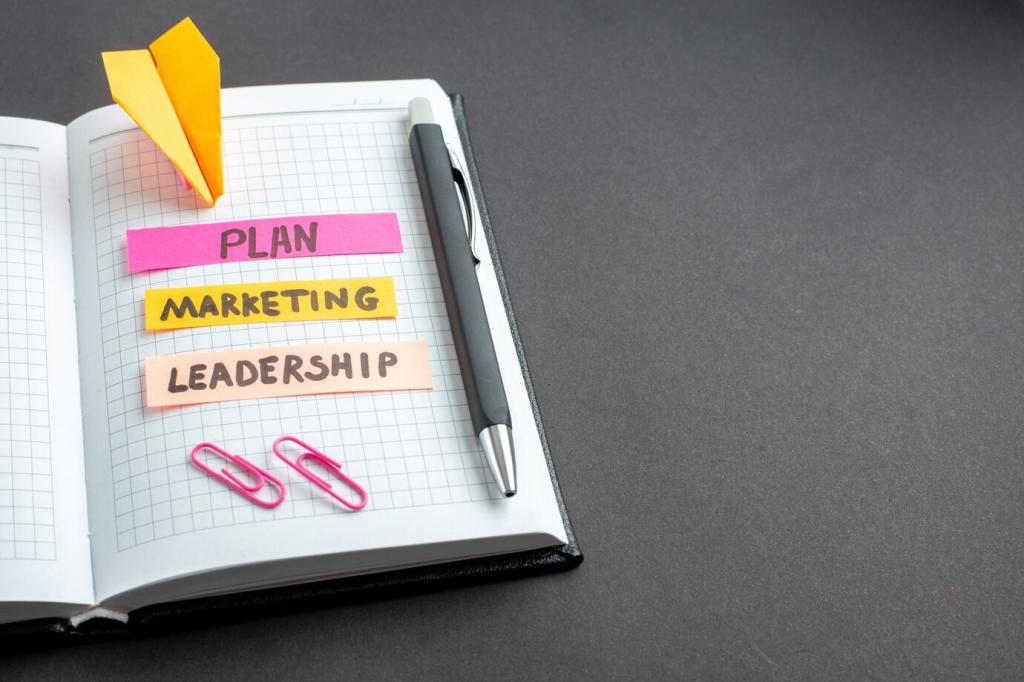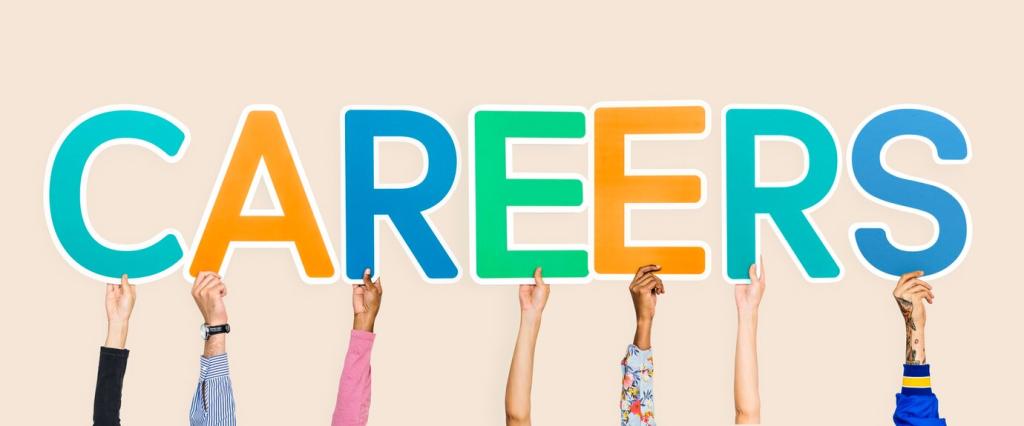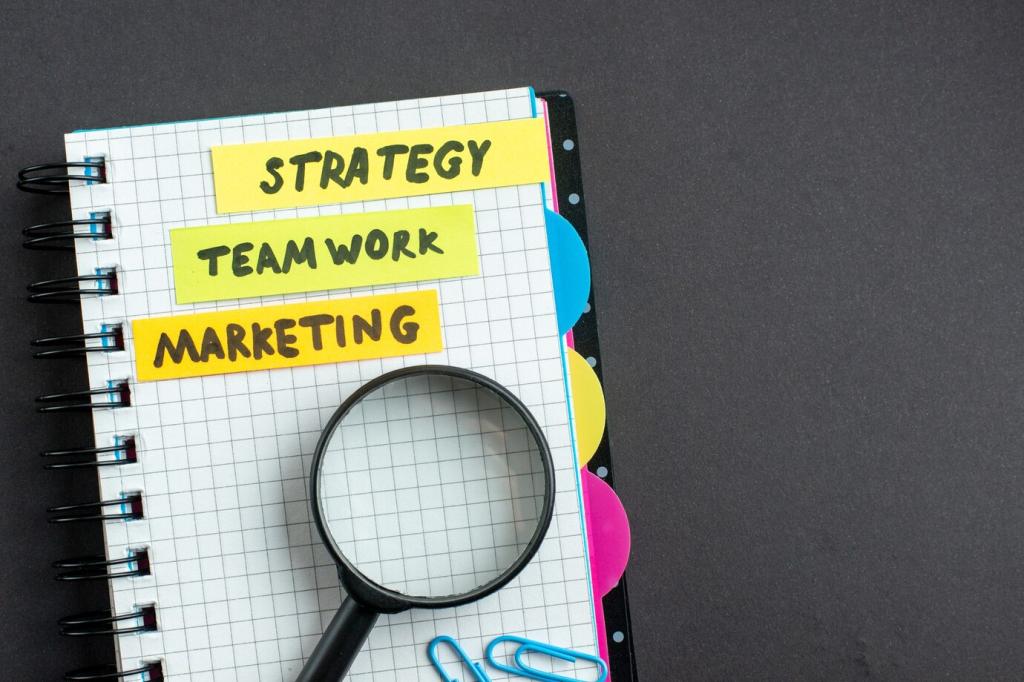Making Events and Town Halls Less Awkward
Scan the agenda, pick three sessions, and pre‑message two attendees with a specific compliment or question. Prepare one curiosity for each speaker. Familiarity lowers anxiety. After the event, comment with one insight you discovered because you did the prep intentionally.
Making Events and Town Halls Less Awkward
Try: “What surprised you in that session?” or “What problem are you excited to be wrong about?” Open questions invite stories. Keep a gracious exit line ready. Which question unlocked a memorable exchange for you? Leave it so others can test it next time.
Making Events and Town Halls Less Awkward
Close with appreciation and a clear next step: “Loved your perspective on onboarding. May I send you our checklist for feedback?” Log notes within one hour. Momentum fades fast. If this helped, subscribe for our monthly nudge checklist to keep follow-ups effortless.







